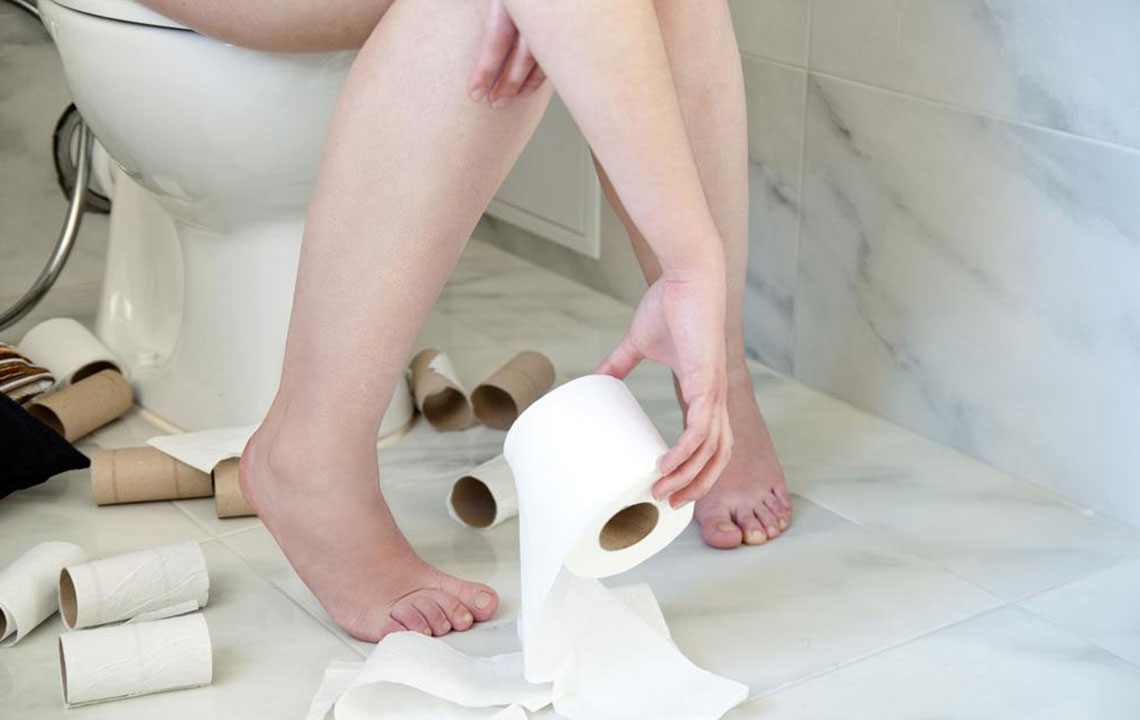Non-Surgical Strategies for Hernia Relief
Discover effective non-surgical methods to manage hernia symptoms, including lifestyle changes, dietary tips, supportive devices, and gentle exercises. Early intervention and proper routines can ease discomfort and prevent complications without surgery.
Sponsored

Non-Surgical Approaches to Manage Hernia
A hernia occurs when an organ or fatty tissue pushes through a weakness in the surrounding muscle or tissue. Common types include inguinal (groin), incisional (post-surgical), femoral (outer groin), umbilical (navel), and hiatal (upper stomach). While most hernias develop in the abdominal area, they can also appear in the thigh, groin, or navel. In infants, improper closure of the umbilical after birth can lead to hernia. Repeated strain in adults often causes hernias, which usually don’t resolve on their own and may need correction to prevent complications.
While surgical repair is common, there are non-invasive methods to manage hernia symptoms. Lifestyle adjustments, dietary changes, and targeted exercises can sometimes improve condition and reduce discomfort. Awareness of hernia symptoms, such as swelling, soreness, or a feeling of heaviness in the abdomen or groin, is crucial. Certain activities like coughing, lifting, or bending can exacerbate symptoms. Some individuals may experience acid reflux, chest pain, or difficulty swallowing, though others may have no symptoms and only discover the hernia during routine exams.
Tips for non-surgical hernia management include:
Dietary Modifications: Eat smaller, more frequent meals to avoid stomach backflow. Limit spicy foods, carbonated drinks, and caffeine. Taking antacids before meals can help. Avoid lying down immediately after eating and refrain from strenuous activity post-meal.
Weight Loss: Reducing excess weight lessens abdominal pressure, decreasing hernia risk. Consult your doctor for personalized advice and aim for gradual weight loss instead of crash diets.
Support Devices: Using a hernia truss or brace can provide support and prevent protrusion. Though comfort varies, these devices may ease symptoms when worn appropriately.
Gentle Exercises and Yoga: Strengthening abdominal muscles through light exercises like leg lifts, gentle yoga, walking, or pool workouts can help. Always seek medical guidance before starting new routines, especially with strenuous or targeted yoga poses like supported shoulder stands or wind-relieving poses.
Healthy Lifestyle Habits: Avoid heavy lifting, straining during bowel movements, and smoking, which can weaken tissues. When lifting, use proper techniques—bend at the knees, engage core muscles, and keep the load close to your body. Maintaining good immunity and avoiding activities that increase intra-abdominal pressure can prevent hernia progression.
While hernias may initially seem harmless, neglecting treatment could cause pain or bowel obstruction. Early consultation with a healthcare provider is essential at the first sign to explore suitable management options and prevent complications.






